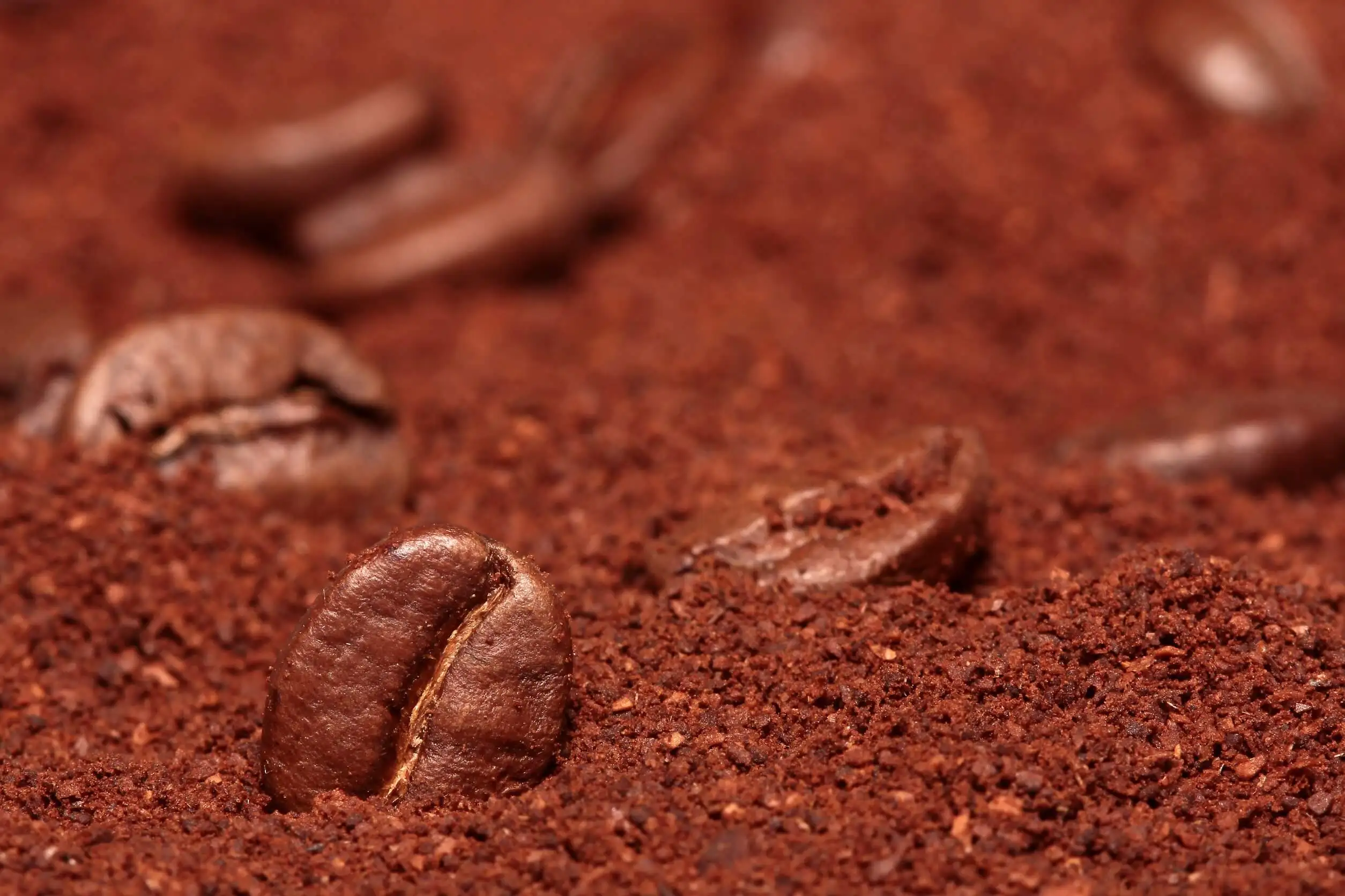The Breadnut Fruit: Properties and Benefits


Written and verified by the nutritionist Saúl Sánchez Arias
The breadnut fruit, also known as the ramon fruit or the ojoche fruit, is a common food in countries such as Mexico and Brazil that can be a source of high-quality nutrients. It comes from the Brosimum alicastrum tree, and it isn’t common to find it in European areas, although it’s gradually spreading around the world due to its health benefits. Some consider it a superfood, a term not usually liked by nutrition experts.
Before we begin, we should mention that vegetables grown in the south of the American continent are usually characterized by high concentrations of antioxidants.
These elements help to neutralize the formation of free radicals, which can help prevent the development of certain complex pathologies. After all, controlling the redox balance is key to preventing the state of health from worsening over the years.
Nutrients of the breadnut fruit
The breadnut fruit can be used to make a beverage that works as a coffee substitute. It doesn’t have toxic elements or allergenic substances.
It isn’t affected by aflatoxins either, something that’s considered to be very positive from the point of view of food safety. The concentrated carbohydrates are of low glycemic index and it is a source of essential minerals and vitamins.

Above all, it is important to highlight the presence of calcium, iron and vitamins A, B, C and E inside the breadnut fruit. It is also a source of protein, so it will help to cover your daily requirements. It can be included without any major problems in the context of a hypocaloric diet with weight loss goals.
Another great article: Ingredients You Shouldn’t Add to Coffee
Benefits of the breadnut fruit
From the point of view of benefits, the breadnut fruit will help prevent situations of iron deficiency anemia. It’s clear that this mineral has a low availability. However, when administered with a significant amount of vitamin C, absorption improves. This is evidenced by research published in the Annals of the New York Academy of Sciences.

Vitamin C itself is capable of boosting both innate and adaptive immune function. A study published in Nutrients proves it. Keeping the levels of this element in optimal ranges will contribute to a better management of symptoms if you develop an infectious disease. For this reason, an extra supply is recommended when you detect the onset of a problem of this type.
To all this, we should add the potassium content of the breadnut fruit, a mineral that has an antagonistic action to that of sodium in terms of blood pressure control. Therefore, it’s essential to ensure a sufficient and continuous intake to avoid episodes of hypertension that can be harmful. An article published in the Journal of the American Heart Association confirms this.
You may also be interested in: Coffee and Lemon: Is It a Good Mix?
How to consume breadnut fruit?
In general terms, breadnut fruit is used to make a drink that’s similar to coffee, especially in terms of organoleptic characteristics. However, it can also be boiled to form a paste and then shaped into pancakes that can be filled with various ingredients. It has even been used as a substitute for corn in some cultures.
Although it isn’t a common ingredient in European cuisine, it’s frequently used in countries in South America in different recipes. It has a flavor that’s somewhat similar to that of walnuts, so it can improve many different recipes and drinks.
The breadnut fruit, a high-quality fruit
As you can see, the breadnut fruit contains high-quality vitamins, minerals, and antioxidants that can be included in your diet to reduce of illness.
These elements are necessary to help the body’s physiology to work efficiently. However, to experience positive effects, it must be ensured that they’re introduced in the context of a varied and balanced diet.
Finally, it should be noted that an excessive consumption of antioxidants in some situations can be harmful.
For example, when exercising, an extra intake of these elements through supplementation isn’t advisable. Otherwise, cellular communication pathways could be inhibited, negatively affecting hypertrophy and muscle strength gain.
However, a certain amount ingested through food can optimize recovery processes.
All cited sources were thoroughly reviewed by our team to ensure their quality, reliability, currency, and validity. The bibliography of this article was considered reliable and of academic or scientific accuracy.
- Lynch SR, Cook JD. Interaction of vitamin C and iron. Ann N Y Acad Sci. 1980;355:32-44. doi:10.1111/j.1749-6632.1980.tb21325.x
- Carr AC, Maggini S. Vitamin C and Immune Function. Nutrients. 2017;9(11):1211. Published 2017 Nov 3. doi:10.3390/nu9111211
- Filippini T, Naska A, Kasdagli MI, et al. Potassium Intake and Blood Pressure: A Dose-Response Meta-Analysis of Randomized Controlled Trials. J Am Heart Assoc. 2020;9(12):e015719. doi:10.1161/JAHA.119.015719
This text is provided for informational purposes only and does not replace consultation with a professional. If in doubt, consult your specialist.








